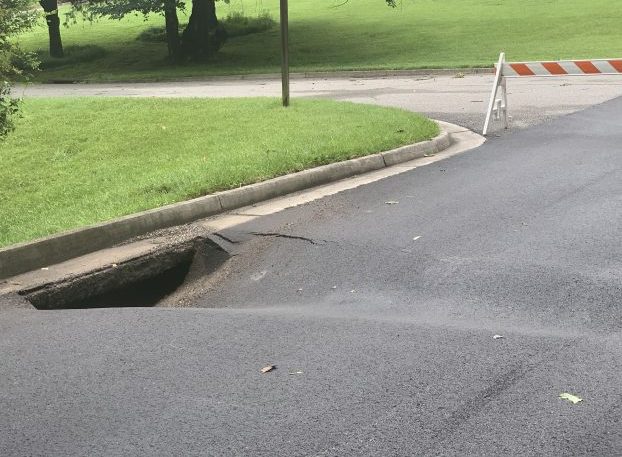Predicted effects of shutdowns materialize
Published 12:30 pm Wednesday, May 18, 2022
|
Getting your Trinity Audio player ready...
|
It was obvious from the first months of the pandemic. Parents could see it as they watched their children quickly lose interest in the screens they stared at for hours and hours on end.
Everyone could see it when the first round of Standards of Learning results came out. Now the New York Times, Harvard, and CBS News have noticed — prolonged school closures were an utter disaster for children.
The story from the New York Times reads like a caucus press release from 2021 as we debated when to re-open Virginia schools.
Trending
Student learning during periods of virtual education dropped like a rock.
There’s a near 1 to 1 correlation between the amount of time spent in virtual learning to the drop off in student learning.
What’s worse, it was obvious and preventable.
“Were many of these problems avoidable? The evidence suggests that they were. Extended school closures appear to have done much more harm than good, and many school administrators probably could have recognized as much by the fall of 2020…”
Just as Republicans warned, low-income and minority students were the hardest hit.
“Many of these schools are in major cities, which tend to be run by Democratic officials, and Republicans were generally quicker to reopen schools. High-poverty schools are also more likely to have unionized teachers, and some unions lobbied for remote schooling…”
Trending
Concern about putting students at risk was not well founded.
“…Hundreds of other districts, especially in liberal communities, instead kept schools closed for a year or more. Officials said they were doing so to protect children and especially the most vulnerable children. The effect, however, was often the opposite…”
According to research from Harvard, virtual learning put kids already at risk even further behind their peers.
“We found that districts that spent more weeks in remote instruction lost more ground than districts that returned to in-person instruction sooner. Anyone who has been teaching by Zoom would not be surprised by that.”
“The striking and important finding was that remote instruction had much more negative impacts in high-poverty schools. High-poverty schools were more likely to go remote and their students lost more when they did so.”
“Both mattered, but the latter effect mattered more. To give you a sense of the magnitude: In high-poverty schools that were remote for more than half of 2021, the loss was about half of a school years’ worth of typical achievement growth.”
Locking kids in their rooms for a year and making them stare at monitors had a disastrous impact on their mental health, too.
From a “60 Minutes” report on Sunday: “I’ve always been a super smart kid, and I’ve always had really good grades. And then as soon as the pandemic hit, I failed a class. When I was virtual, I had no motivation to do anything. I would just sit in my room, never leave, and it was, like, obvious signs of depression.”
“I would definitely say there were big pieces of myself that I — were definitely lost. I lost friends because we wouldn’t see each other. We couldn’t go to our first homecoming; I couldn’t have an eighth grade graduation. I know that doesn’t sound like that big of a deal, but we were looking forward….”
From a physician: “We’re coming out of the pandemic, but kids have still lost two years. Two years of socialization, two years of education, two years of their world kind of being shaken up. So as we get quote-unquote, ‘back to normal,’ I think kids are struggling. Even when the pandemic is over, this crisis isn’t going to be over.”
CDC numbers show that even before the pandemic, the number of adolescents saying they felt persistently sad or hopeless was up 40% since 2009.
This was all preventable. Everyone, from parents to administrators to legislators, could see it happening.
But Democrats toed the union line. Now our kids are suffering.
DEL. TOMMY WRIGHT can be reached via email at DelTWright@House.Virginia.gov or (804) 698-1061.





